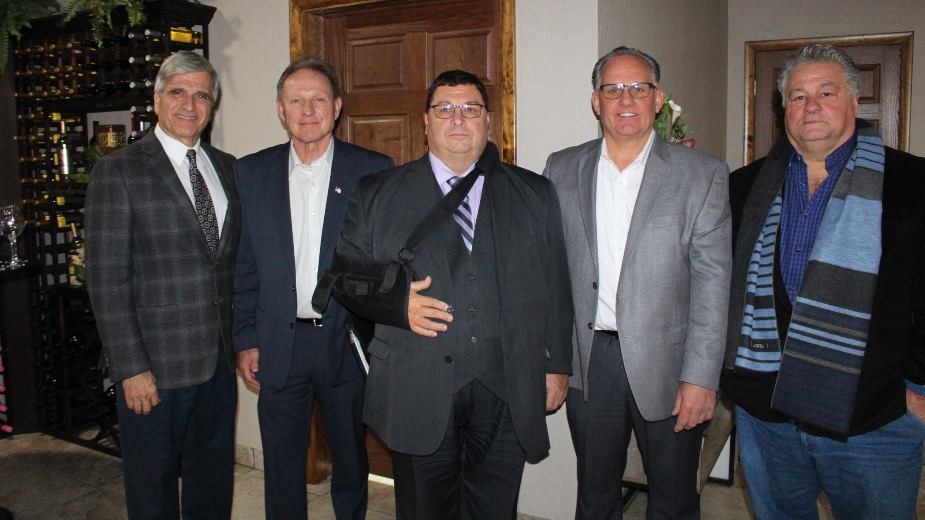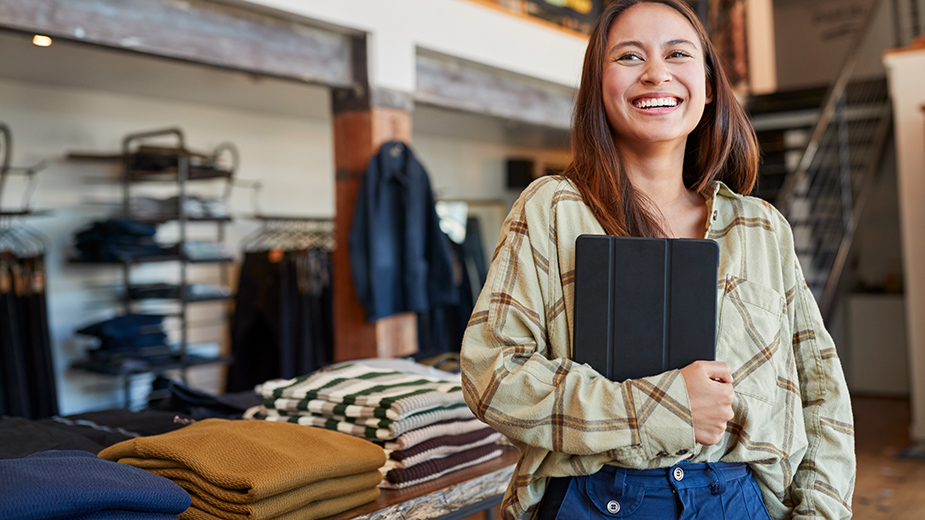River Restoration Flows with Plans for a Water Trail
WARREN, Ohio – Two years ago, Stephanie Dyer, an environmental program manager with Eastgate Regional Council of Governments, got an opportunity to kayak on the Mahoning River with a group of county, city and state officials.
Afterward, Dyer took her eldest son, Landon, on a two-hour kayaking trip that started near the Mahoning River Adventures group, she said.
“Just having him see a river that he’s not familiar with and not used to hearing the history like I grew up knowing was exciting,” Dyer said at the Mahoning River Corridor Mayors Association meeting Friday. “It’s exciting to see him become more connected with the outdoors and see how a river functions and flows.”
The fourth largest economy in the United States is recreation, and river and natural resource-based recreation is a huge sector that is untapped in the Youngstown area, said Sarah Lown, the public finance manager for the Western Reserve Port Authority.
“This is an area of economic development opportunity along with something that makes your mother-in-law want her grandchildren to live here,” she said.
The Miami River is the only river in Ohio with a nationally designated water trail, Lown said. But Cleveland.com has rated the Mahoning River high for its kayaking opportunities, she said.
“There’s that combination of smooth and a little white water here and there,” Lown said. “We could improve on that and become the second national water trail.”
The Great Miami Riverway is an example of using a river as a connection between communities, said Tom Arbour, a trails coordinator with the Ohio Department of Natural Resources State Parks and Watercraft.
Arbour works with communities to turn their rivers into water trails, he said. He considers where people can safely access it and where the hazards are, he said.
The Ohio Department of Natural Resources presented a $2 million check Nov. 4 at the Eastgate Regional Council of Governments to keep the Mahoning River Corridor Restoration plan going and to continue removing dams along the river. The funding was made available through the state budget passed earlier this year.
Funding has been secured for two dams in Youngstown, as well ones in Lowellville and Struthers. The money will be used as matching funds next year when Eastgate requests funds from the Water Resource Restoration Sponsorship Program for the removal of the Warren dams.
Once the dams and the toxic sediment are removed from the river, the healing process of the Mahoning River will not only move forward, but it will open up a plethora of activities on the river such as canoeing and kayaking, Dyer said. It will also bring in more economic development opportunities, she said.
“If you take a look at what Cuyahoga Falls has done and Kent, they’ve built their communities up along the river after they’ve taken out the dams,” Dyer said. “They’ve expanded where they can do development.”

Even though the Mahoning River does not have the same type of gradient the Cuyahoga River has and is not as controlled, community support was still in the picture and they went dam by dam, Dyer said. It’s one of the closest projects the Mahoning River project can be tied to, she said.
“With the Cuyahoga emptying into Lake Erie, their area is open to more funding whereas we drain into the Ohio River, so we have to really brainstorm on how to get funding to open up the river,” Dyer said.
When he was growing up, no one was allowed to go near the Mahoning River, said Jim Iudiciani, who is serving his 16th year as mayor in Lowellville. It was orange, foamy and it was 105 degrees, he said.
“Thinking back to when the average temperature of the river was 105 degrees, no one probably thought that we’d be able to swim in the Mahoning River before Mill Creek Park,” said Courtney Boyle, principal and owner of Environmental Collaborative. “But, here we are. People are kayaking, they fall in, they don’t freak out.”
Nature has taken the project up to this point, Boyle said. The water quality is better, worse behind the dams, but public involvement is still an important factor to consider, she said.
The Mahoning River project can be a game-changer in Lowellville, Iudiciani said. The project brought in outside developers to Lowellville who are looking to build new buildings three to four stories high along the river, he said.
Whether they are condos or bars, the project is allowing for more rooftop opportunities, Iudiciani said. If there are many establishments, people will be more prone to visiting, he said.
“We’ve got to forget about the steel mills, what it was like in the ’70s and before that,” Iudiciani said. “We’ve got an opportunity for recreation and that’s our new way. If we can develop riverfronts and multiuse opportunities, it’s a no-brainer that it’s a great thing.”

The project has taken a lot of work and time, but those involved have modeled all of their experiences of what it’s going to take to make the process easier, Iudiciani said. With Struthers funded and Youngstown partially funded to go up the river, people involved are starting to become more aware of how to fund the project, he said.
“Now we know how to do it, now we know how to collaborate,” Iudiciani said. “Just look at this group of people here,” he said as he pointed to the mayors in attendance as well as those who presented.
The project has brought a sense of understanding and togetherness to the mayors and their communities, Iudiciani said, which the state recognizes.
“The Ohio EPA has told us that,” Iudiciani said. “They see us as visionaries. I’m 58 and I hope to see it. I hope for this for my kids, my grandkids and everybody else’s.”
Pictured above: A rendering shows just one of the ways the Mahoning River could be further opened up to recreation opportunities.
Copyright 2024 The Business Journal, Youngstown, Ohio.



